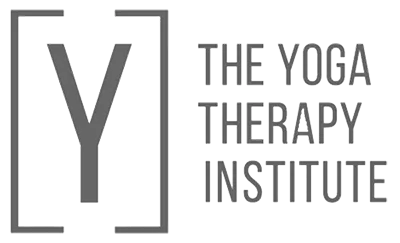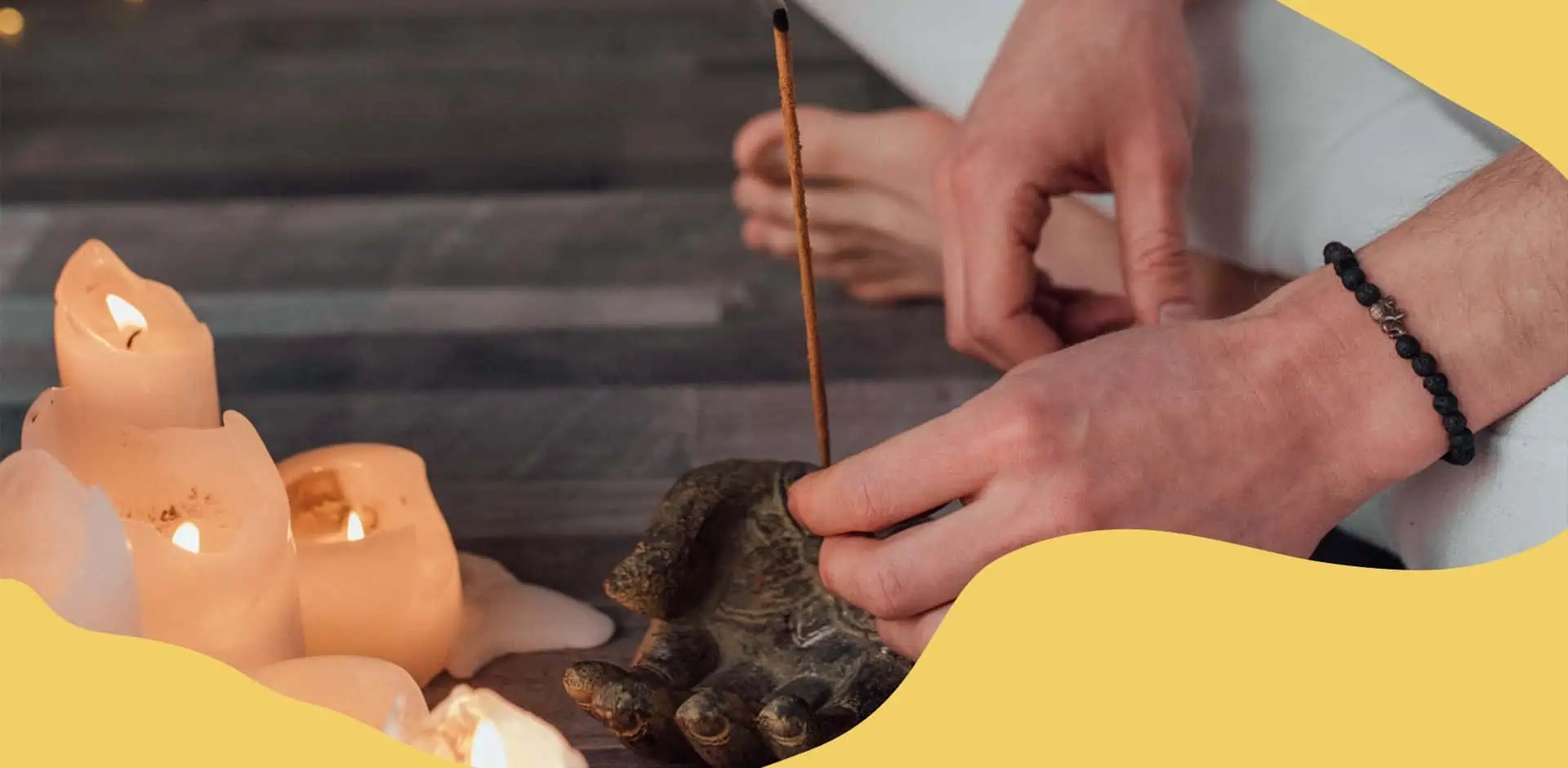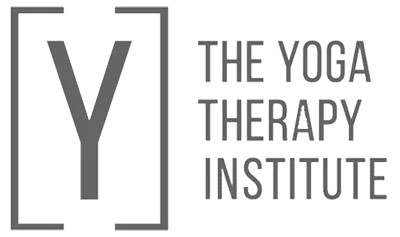
Yoga teachers often say things like “breathe toward your lower back“. It’s a common instruction during Yoga poses. But have you ever wondered how to actually do that? You’re not alone if you have.
At a Lower Back Conference many years ago, a chiropractor from the US had an interesting message for therapists. He advised them to teach their patients how to breathe correctly to prevent serious lower back problems. This suggestion left many people in the audience a bit confused. Breathing to protect your back? How does that work?
The Connection Between Breathing and Lower Spine Health
Breathing relates to the well-being of your lower spine, but how?
From a mechanical standpoint, passive breathing (when we’re not consciously controlling our breath, as in breathing exercises) involves two main components:
- The Diaphragm: This is the central player in the process. Shaped like an umbrella, it’s primarily composed of muscle and tendon fibers. The Diaphragm attaches to the inside of the ribs and at the back to the lumbar vertebrae.
- The Intercostal Muscles: These muscles also play a role in passive breathing.
The Diaphragm’s action is complex, but let’s simplify it: during inhalation, the Diaphragm moves downward, expanding the lungs towards their base, allowing them to fill up with air.
On the other hand, during exhalation, the Diaphragm moves upward, causing the lungs to return to their original size and expel the air.
So, the primary respiratory muscle, the Diaphragm, is closely linked to both the lumbar spine and the heart. As we breathe, with the Diaphragm moving up and down, it directly impacts both the lumbar spine and the heart in a physical way.
Additionally, the Diaphragm’s movements are interconnected with various bodily functions, including digestion, circulation, coughing, and speaking. Notably, the Diaphragm collaborates with other muscles in acts of expulsion such as defecation, urination when necessary, and the final phase of the delivery process (Blendine Calais-Germain).
The Diaphragm indeed holds significant importance in our bodies! This realisation underscores that yoga teachers aren’t entirely eccentric when suggesting you can “breathe towards the lower back”. In fact, when practicing diaphragmatic breathing, where the Diaphragm is the primary respiratory muscle, we naturally engage the area connected to the lower spine.
The Diaphragm serves a critical role in integrating lumbar stability. While many practitioners primarily associate it with maintaining proper breathing, it’s essential to recognise its integral role in providing both stability and mobility to the lumbar vertebrae. Its attachment extends as far as L1-L3, which means it has a considerable influence when we breathe.
In case you were wondering, it’s worth noting that not all breathing is purely diaphragmatic. During high-intensity exercise, we engage other muscles known as the accessory or secondary respiratory muscles. A prime example of this occurs at the end of a race when the natural reaction is to lean forward, grasp onto something, or place hands on the knees. It’s in these moments that the secondary muscles contract, creating additional space and elevating the chest to its maximum capacity. Fascinating, right?
Interested in learning how to guide students through a thorough Breath Inquiry to evaluate their diaphragmatic breathing? In our Yoga Therapy Foundation Course 100-Hours, we delve into the process of assessing your students’ breathing patterns.









